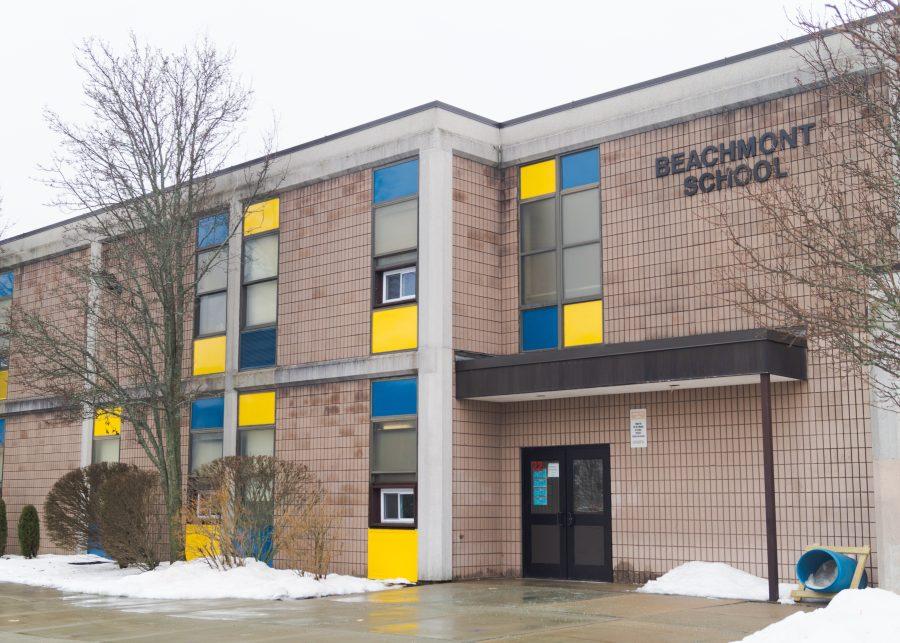In the United States, as is the case with much of the world, education is funded primarily through government revenue. Whether it’s from your local town or from the federal government, education is funded primarily by government entities. Unlike other goods and services that rely on user fees for revenue, education relies heavily on government subsidies. Although government investment is critical in the development of our education system, governments across the world often underplay the importance of education investment. Put simply, without heavy government investments, the education system as we have it today would cease to exist.
Governments across the world put millions and millions of dollars into their education system. However, according to the United States Constitution, much of that burden falls on the states. The U.S. Department of Education asserts the following: “States and localities are the primary sources of K-12 education funding and always have been.” (1) Additionally, data from the Education Data Initiative mentions that “the federal government provides 7.8 percent of funding for public K-12 education.” (2) This means that the rest of the funding comes from state and local governments, further indicating their responsibility to fund K-12 education. However, despite the fact that the United States as a whole spends $640.0 billion a year on education, (3) it is clear that based on the data, we still fall behind global standards and do not increase our spending on education at the same rate as broad economic growth. (4) It is clear based on the available data that investment in education is one of the best ways governments can spend their money.
Investment in education is not only critical in developing the next generation’s workforce, but it also returns a great deal of value to society at large. Studies show “investments in high-quality early childhood education can generate up to $7.30 per dollar invested.” (5) In short, for every dollar invested in education, society at large can expect their investment to multiply by seven. This investment increases in value because as students are provided a high-quality education, they can expect to earn more in wages and spend more money as they earn, bringing increased revenue to both the state and federal government.
By their very nature, investments in public goods such as education are often not given the priorities they deserve. The unfortunate reality remains that investment in education is one of the best investments a society can make. However, the United States consistently downplays the importance of education, opting to spend money in other places. While investment in education can seem complicated, as students it is our responsibility to ensure that our education is being properly funded. Despite the fact that investment in education can differ greatly from town to town, the United States continues to underplay the importance of funding education and these ramifications can remain in our society for decades to come.
Education, from pre-school to college, is critical to the development of our society as a whole. Despite the cries of “free college” from politicians across the United States, the fact remains that early education continues to remain heavily underfunded in many American cities and towns. And if we can’t give our students a proper, effective and decent early education, how can we expect them to succeed if college is not free? Before we discuss free public college, we must first fund our K-12 education and ensure our students receive a decent education.

